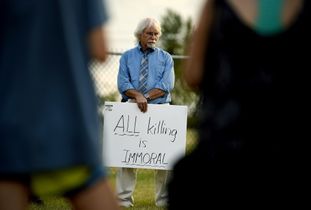
(8-20-18) Sadly, mental illnesses never take a vacation, but I do. One final week before I return to work. I’ll be back then with posts, but right now I have to drive a buddy of mine who is waiting. She is impatient. Have a great day and thanks for your support and advocacy.







